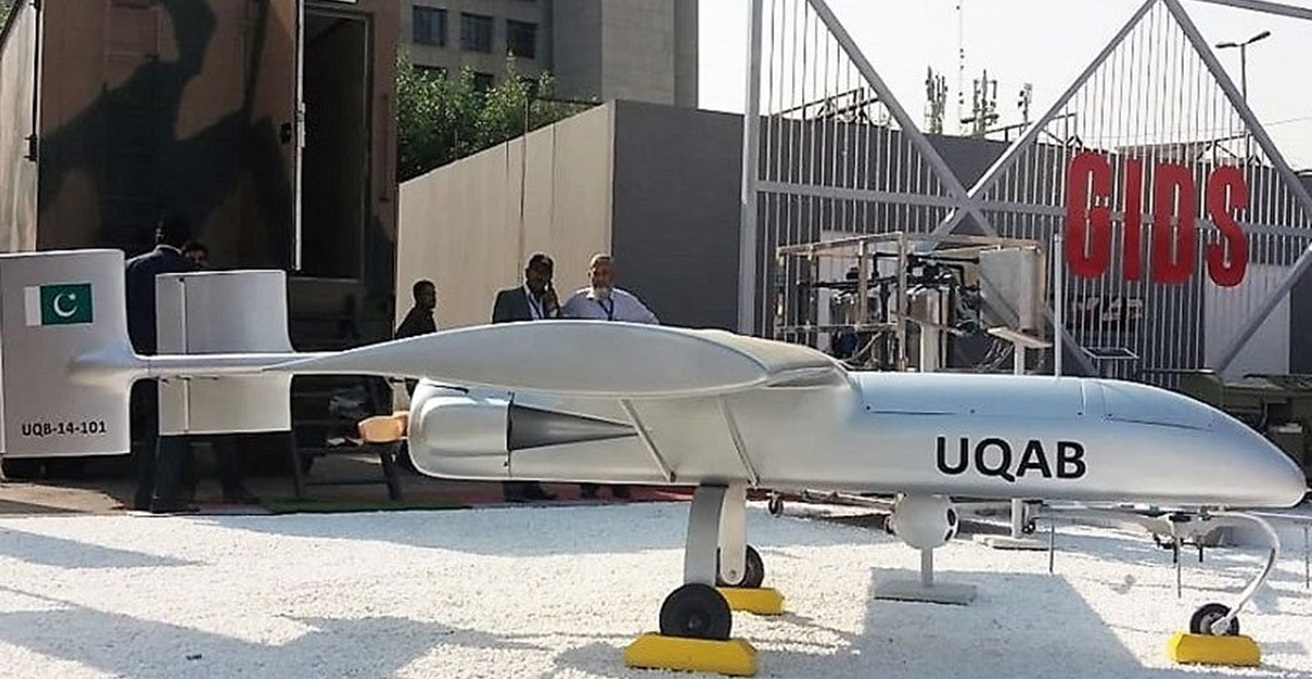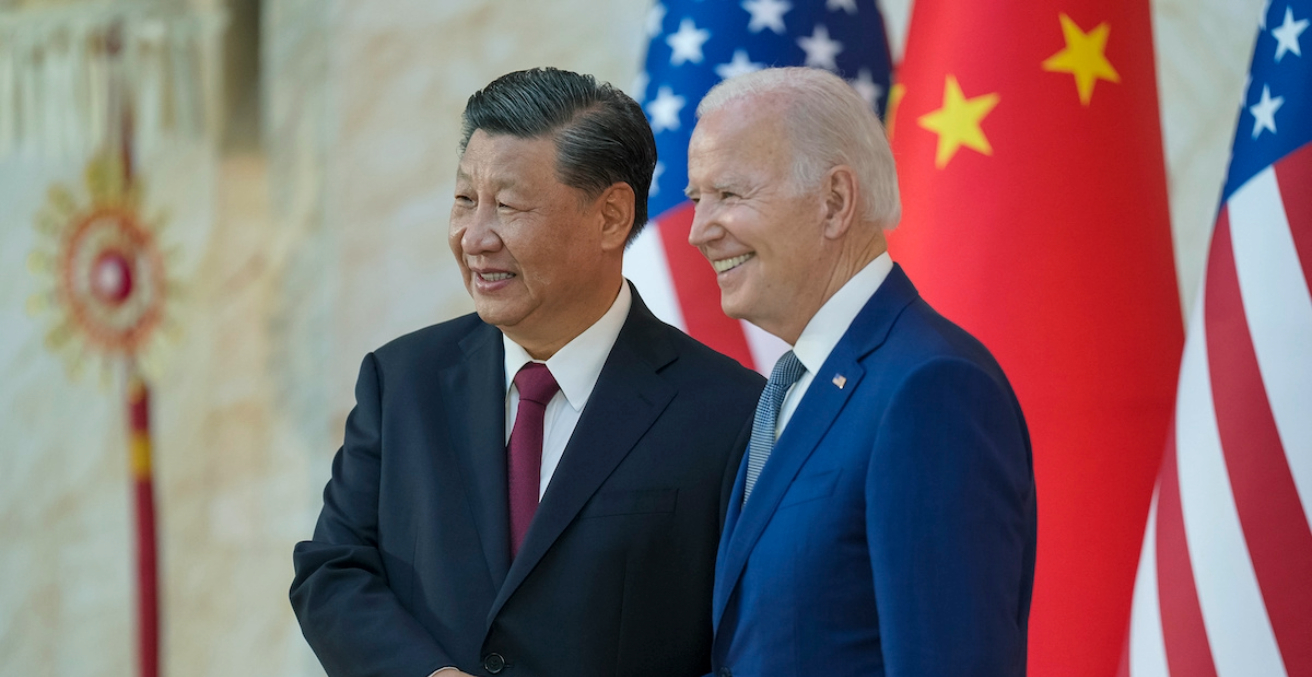The May 2025 Indo-Pakistan drone conflict revealed the operational limits of loitering munitions in suppressing enemy air defences. In future crises, both sides are likely to prioritise long-range anti-radiation missiles (ARMs) as their primary tool for neutralising radar systems and gaining air superiority.
The four-day, May 2025 Indo-Pakistan crisis, which began as a result of Indian military strikes against multiple targets in Pakistan, exposes the limits of kamikaze drones (loitering munitions) to effectively conduct suppression of enemy air defences (SEAD). The ratio of drones launched to perform SEAD missions in the latest encounter, versus the systems neutralised, is almost negligible from the data available in the public domain. This indicates that in the next encounter between Pakistan and India, long-range anti-radiation missiles (ARMs) may be employed as a frontline weapons system to perform SEAD operations in the initial phase of the conflict.
The drone war commenced on 8 May with the launch of a coordinated attack by Indian unmanned systems to neutralise Pakistani radars. India acknowledged this attack, but claimed that New Delhi had initiated because of an alleged earlier Pakistani kinetic response, on 10 May, against multiple Indian military facilities in 15 different places. Pakistan claimed that it neutralised all Indian drones but one, which inflicted minor damage to an air defence system in Lahore. This was followed by a second Indian drone wave, with Pakistan claiming to have intercepted another 48 Indian drones by mid-noon on 9 May. India repeated the same narrative that this wave was in response to an earlier Pakistani act in which the country had allegedly launched some 300-400 drones against 36 different locations inside India “on the intervening night of 8th-9th May.” Likewise, the third Indian drone wave came on 10 May, and, like previously, the Pakistani side claimed that it intercepted all inbound air-borne, unmanned systems. However, on 10 May, Pakistan also acknowledged sending its drones inside India to engage various military targets.
It is difficult to validate whether Pakistan had launched drones before the commencement of Operation Bunyan um Marsoos, which was Pakistan’s military response to Indian aggression. The Indian media, such as India Today, claimed that 10 May marked the first occasion that “the Indian Army has shared photos and videos of Pakistani drone debris.” This was the same day when Pakistan officially announced the employment of drones to target India’s military infrastructure as part of a response package under Operation Bunyan Um Marsoos. Prior to that, the country’s military officials categorically denied the launch of any drone attack against India.
Keeping this context in view, along with the limited data available on the exact number of interceptions of drones by hard and soft kill platforms, it is hard to assess how many of them were effectively shot down, jammed, and fell to the ground, either due to onboard systems failure or ending of fuel. In the public domain, there is only one example where an Indian drone managed to bypass Pakistani anti-drone systems, and inflicted damage.
India also claimed to have destroyed Pakistani radars at Chunian, Arifwala, and Pasrur; however, no commercially available imagery is able to validate Indian claims.
At the time of the recent engagement, the Pakistan Air Force (PAF) had only Mar-1 ARMs (of Brazilian origin). In contrast, the Indian Air Force (IAF) had two systems (Martel and Kh-31P) in their service. Mar-1 has a reduced range of 60-100 km. The IAF’s Martel and Kh-31P ARMs have 60 and 110 km ranges, respectively. The latest episode specifies that aerial and ground-launched projectiles (Pl-15, brahMos, Scalp-ER) were fired by both sides from standoff ranges. This was ostensibly to ensure the survivability of their firing platforms, while staying within their territories, and is the most likely reason for not employing ARMs during the 87-hour crisis.
Another plausible reason for the PAF to not engage its anti-radiation system against Indian radars is its limited quantity of only 100 units. By contrast, the IAF has large numbers of both systems.
India, on its part, is expected to accelerate the induction of the indigenous Rudram missile series, designed to target and destroy enemy radar systems over long distances. Rudram-I has a reported range of 200km, while its successor, Rudram-II, can engage radars at a 300km distance. Rudram-II will be the IAF’s main choice because of its enhanced range, and the missile also has an Imaging Infrared (IIR) seeker that complements existing guidance systems, thus enhancing its accuracy and capability to neutralise camouflaged targets. Besides, the IAF can procure off-the-shelf extended-range AGM-88 variant AARGM-ER from the US, with a range exceeding 200 km. AGM-88 will be attractive because it can be integrated with platforms of French and Russian origin in service with the IAF.
Pakistan’s options are limited because the country still has no known ARM program, which implies that it has to procure them from its Chinese and Turkish partners. The PAF can acquire “AKBABA,” a Turkish project to replace its arsenal of US AGM-88 missiles. The program is still in development, which makes its availability in the shorter term doubtful. The PAF will likely explore its options from the Chinese inventory of ARMs. They can offer little because current frontline Chinese missiles have less range.
Therefore, like in the past, the PAF will try to invest in a platform that can be modified to perform multiple tasks, such as the CM-400AKG missile, which can be modified to engage radars while also being used for anti-ship roles. Given the missile’s recent use by the PAF, it will serve as the main platform in the near future, before Turkey and China develop operational long-range cutting-edge ARMs, which the PAF can consider for its combat use.
The vulnerability of drones to legacy anti-aircraft guns indicates the initiation of a new race to induct long-range ARMs by both militaries within a short period. Although drones are less costly and can be deployed in large numbers to overwhelm an adversary’s air defenses, to make sure of a confirmed kill in a crisis, both air forces are likely to initially rely on ARMs. The rationale behind this is to degrade the other side’s air craft detection capability, which will allow the one who owns an operational air borne system to complete their assigned missions with negligible loss.
This does not imply that drones will not be used at all for SEAD operations. However, in the next crisis between two South Asian neighbours, ARM will likely be the first weapon of choice to target each other’s radars rather than drones, which have a greater chance of interception than missiles.
Usman Haider has an MPhil degree in Strategic Studies from the National Defense University, Islamabad, Pakistan. The author is published on various platforms like The Diplomat, South Asian voices, South China Morning Post, Real Clear Defense, and many others.
This article is published under a Creative Commons License and may be republished with attribution.





